The housing market is showing fledgling signs of revival across the country but OneRoof figures show the biggest rebound to date is in the regions, specifically a string of small towns alongside State Highway 2 in the south east of the North Island.
All the agents spoken to by OneRoof in various parts of the country report a definite pick-up in activity in June despite it being winter, with an Auckland real estate boss saying the seasons are still out of whack after the upheaval of the past few years.
Tom Rawson, the director of Ray White Manukau, says where once there was FOMO (Fear of Missing Out), of late there is FOMOTB, a Fear of Missing Out on The Bottom, and that has got people house hunting again.
The OneRoof-Valocity House Value Index shows there has been a widespread slowing of the rate of decline in many suburbs with many nudging toward positive growth.
Start your property search
The analysis looked at property value change in 708 suburbs with 20 or more settled sales in the last 12 months and showed the district of Tararua, and in particular the towns of Woodville, Eketahuna, Pahiatua and Dannevirke, had the biggest quarterly lifts in value growth over the last three months.
Craig Boyden, director of For Homes Group in Dannevirke, says that’s because employment has remained strong in the rural area, with houses remaining still very affordable.
The data shows Woodville, where the average property value is $407,000, has seen the biggest quarter-on-quarter lift to the end of June at 17.3%.
Next is Eketahuna, average value $411,000, at 16.1%, followed by Pahiatua, average value $465,000, at 14.3% and then fourth is Dannevirke, average value $484,000, at 13.3%.
Boyden says the district is one where people get good bang for their buck. While the number of sales has lessened dramatically since the post-Covid heyday, values are not going down, he says.
“Extraordinary” values achieved nationwide post-Covid were caused by low supply and high demand, and that stretched all the way to his office in Dannevirke: “Even in our small office here it was nothing to have 10 to a dozen offers on one property.
“We're not seeing that same competition now because supply has caught up with demand and we're seeing a leveling out effect, but we're still seeing considerable growth.”
Dannevirke has a range of property types, from around the $250,000 mark to the $1.5m bracket.
People come because of the central location, good climate and jobs. The post-Covid drift south, from urban to rural, saw people searching for cheaper housing with others motivated by being able to work from home.
Read more:
- House surrounded by skips and scaffolding sells for $1.136m
- Tony Alexander: Buyer’s market is about to come to a shuddering end
- Secret mortgage deals up for grabs as borrowers face rates dilemma
Boyden thinks the district has performed well partly because the rural sector has stood out in importance since Covid, and there is other employment.
“We're very, very fortunate in Dannevirke that we have always had very wide-ranging employment base, from low-skill employment right up to I guess doctors and lawyers.”
The average property price in Dannevirke buys a sound three or four-bedroom older but renovated home on a large section, he says, and with that kind of value for money he expects growth to continue.
In neighbouring Palmerston North, Harcourts director Richard Jensen has noticed a positive shift in the last four weeks, a bright change in what he says has been a gloomy market.
The OneRoof-Valocity data shows Palmerston North’s average property value is $624,000. That’s 14% down year-on-year but there has been a +1.6% movement quarter-on-quarter.
“Just a micro lift interspersed with a bit of confidence,” says Jensen.
“In saying that, this week we’ve had more than four multiple offers on properties so they’re back. We had a section, last week we had five offers on it; we had another section this week, we had four offers on it, so there are people wanting to do stuff.
“I was talking to some of the lenders and they’re all busy, we’re selling sections, we’re having probably our busiest month in at least six to 10 months numbers-wise.”
Jensen thinks more properties will sell as people are turning off their radios and TVs because “they’re sick of hearing bad stuff”.
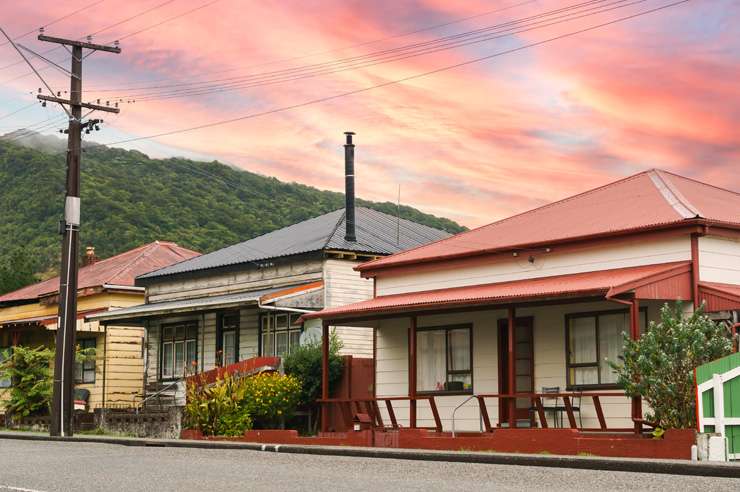
Houses in Greymouth, West Coast. West Coast is the only region up year-on-year. Photo / Getty Images
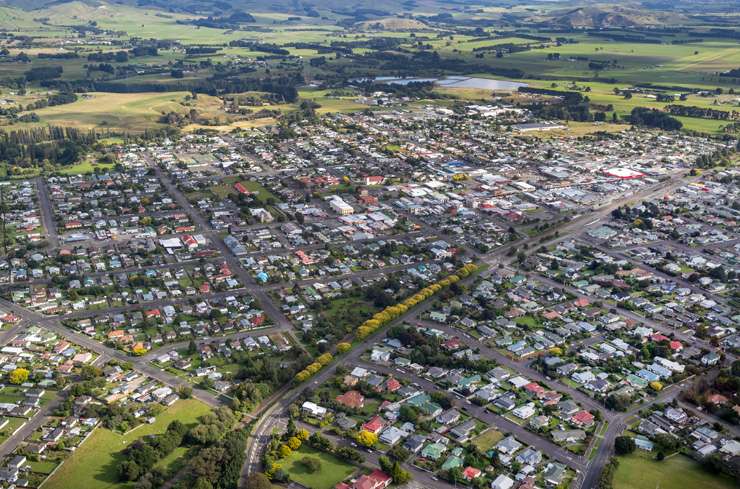
Turnaround: An aerial view of Dannevirke, in Tararua, Manawatu-Whanganui. Photo / Mark Mitchell
A few parts of the country bucked the downward trend, showing no signs of a value slump and the little historic mining town of Reefton fared the best.
According to the data, Reefton has an average property value of just $365,000. It saw an 18.5% increase year-on-year and a 9.6% increase quarter-on-quarter.
Charlie Elley, Property Brokers Westport branch manager, says Reefton is a bit like a modern-day shantytown and its popularity is still growing.
“It’s got an attractiveness to it which seems to suit a range of people at the moment.”
He says an entrepreneur who moved there about 10 years ago has helped put Reefton on the radar, along with mining and a gin distillery, but the main reason people come is for its affordability.
Elley says retirees who could not afford to upgrade in their own areas have been buying, predominantly people from Canterbury north to Tasman but also people from around the country.
“They snapped up what was on offer by way of a variety of middle residential properties.”
There’s a range of properties from good to not so good: “Some of them we go ‘God, nobody would want that’ and it sells, so you’re seeing probably a raise in the average age as well as the average value.”
Once there, people don’t have to sell and they don’t want to sell in a town that has not had a building boom.
“We're going to get to a point where lack of stock is probably going to keep those prices elevated for those wanting to move in.”
Westport has also been performing well, although not to the same extent. The data shows an average property price of $398,000 which is a 5.9% year-on-year change and a 3.1% quarter-on-quarter change.
Elley says there’s plenty of employment and the lack of deterioration in the local economy has maintained interest in the town.
“I've just signed off this afternoon on probably half a dozen different contracts.”
Affordability is key and while the price differential for people remains in the hundreds of thousands of dollars the towns will remain popular. “Sell up at Nelson for $800,000, come down here and buy for $400,000, well, that’s not hard to figure out, is it? I don’t see that changing.”
In Christchurch, the rate of decline has slowed across a range of suburbs, from upmarket Fendalton and Merivale to others like Burwood, Aranui, Edgeware and Sumner.
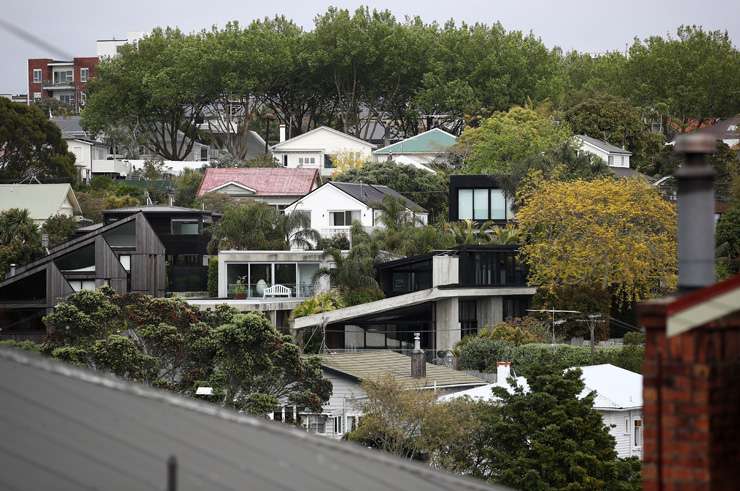
House in Grey Lynn. Prices in the popular Auckland suburb are primed for growth. Photo / Fiona Goodall
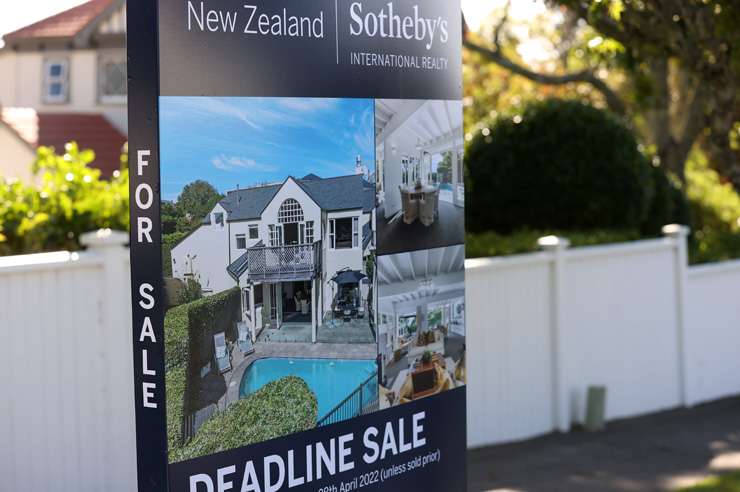
Upmarket Remuera, in Auckland, has seen a lift in market activity in recent months. Photo / Fiona Goodall
Gill Knight, director of Whittle Knight, says the market across the board is brighter.
“There’s more going on, more action, more first-home buyers out there and I think we're certainly getting more sales going through.
“I think we may have gone through the trough and come out the other side.”
“I think the signs are that it will keep on going and when springtime comes along it could lift again, too.”
He, too, says the big change has been seen in June and he thinks that could be down to commentators tipping the market to lift and saying that it may surprise people how quickly it does so.
“I think that's sunk in that people better get on and do something before the prices shift again, which they could do.
“Those that have been holding off thinking they can pick the bottom of the trough, which is a trick to try and do, may have decided they had better go and do something now while they had the chance to get into it.”
The OneRoof data shows the rate of decline has slowed in a range of Manukau suburbs, from Clover Park to Mangere East to Pakuranga Heights and Wiri.
Ray White’s Rawson says no one can pick the bottom of the market and people have finished waiting. “People were waiting and trying to be Warren Buffett (the American billionaire investor) and pick the bottom but even Warren Buffett doesn't wait for the bottom.
“We’ve had the busiest month in probably 24 months in terms of new listings coming to market. We’ve listed over 100 in this month (June) and that’s a 30-plus percent increase month-on-month in stock numbers.”
That’s unusual for winter but with forced seasonal change since Covid then all the wet weather in Auckland the seasons are “a little bit out of whack”.
He thinks the seasons will get back to normal next year but says it remains to be seen whether Manukau tips over into positive growth this year with the election possibly causing another bump in the road.
Rawson says one of the nice things about the current market is the number of first-home buyers out and about, with the numbers doubling to half of all buyers.
“That’s one of the most satisfying transactions to be involved in. Everyone’s so happy. The vendors are happy and the family is happy, they got on the ladder, You know, it’s like a Kiwi dream fulfilled.”
Across Auckland suburbs like Grey Lynn, Morningside and Ponsonby have also shown signs of heading into positive territory.
Grey Lynn, for example, has gone from -4.2% in January to -3.8, Morningside has gone from -5.2% to -1.4% and Ponsonby has gone from -5.4% to -1%, with many other central Auckland suburbs showing a similar trend.
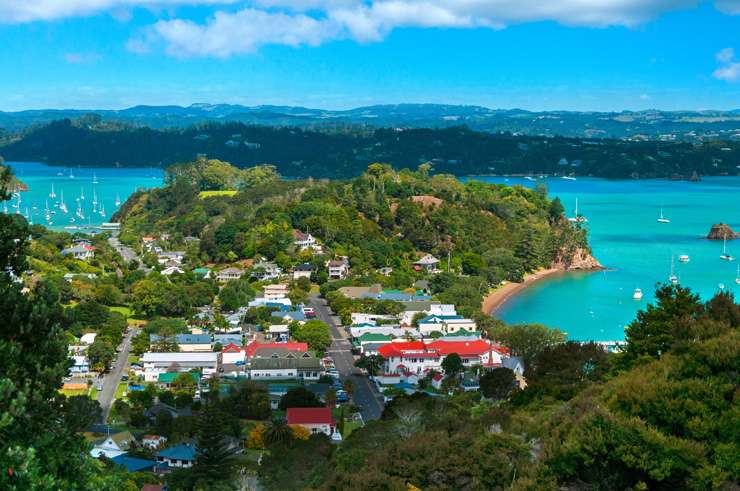
Russell, in Northland, is up quarter-on-quarter and year-on-year. Photo / Getty Images
Harcourts Grey Lynn branch manager Denis Cooksley thinks positive growth is already happening, saying the market is improving dramatically.
“There are more listings coming forward; there are more buyers out there. There has certainly been more interest generated in the market in the last month particularly.”
He puts this down to buyer confidence returning and says that’s across the board with no particular buyer group standing out.
Up in the Far North, activity has also picked up with Bayleys Bay of Islands sales leader Dickie Burman saying it’s great to see after a couple of slow months.
The popular tourist destination of Russell, average property value $1.614m, is up 4.5% year-on-year and has seen the same percentage change quarter-on-quarter.
Burman says Russell has a lot of wealth and is a more steady, stable market than elsewhere. It has not seen much of a slump possibly because the wealth means people buying there are not as affected by what’s happening in the economy. “It just carries on”.
He says activity has improved across the board in the Bay of Islands, possibly because other markets are improving and people are moving north, saying, “bugger it, let’s get on with it”.
While buyers are getting on with it, so are vendors who are meeting the current market conditions and there are good results being obtained from auctions, he says.
Values in the north have held up well but Burman thinks they are likely to hold a while rather than tip into positive territory.
“I'd just like to see an increase in volumes because volumes have fallen through the floor. I think once we get an increase in volume again, back to more normal conditions, we might see prices start to sneak again.”
- Click here to find properties for sale


















































































